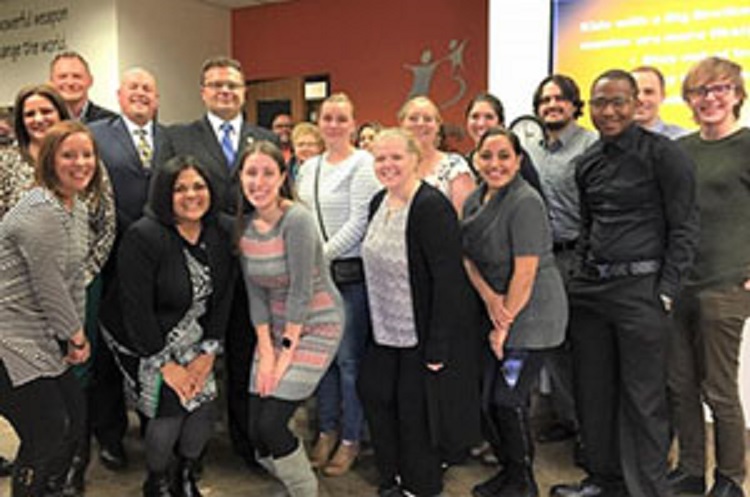Juvenile delinquency prevention
Two-Step Latent Profile Method for Identifying Invalid Respondents in Self-Reported Survey Data
Quasi-experimental Designs for Community-level Public Health Violence Reduction Interventions: a Case Study in the Challenges of Selecting the Counterfactual
Associations Among Callous-Unemotional Traits, Worry, and Aggression in Justice-Involved Adolescent Boys
A Guide to the Guidelines: Practical Tips for Juvenile Drug Treatment Courts to Implement
Collecting Data and Sharing Information To Improve School-Justice Partnerships
Individualizing Responses to Motivate Behavior Change in Youth: A Four-Pronged Approach
Preparing Preservice Teachers to Manage Behavior Problems in the Classroom: The Feasibility and Acceptability of Using a Mixed-Reality Simulator
Change in Externalizing Problems Over Time Among Ethnic Minority Youth Exposed to Violence
Assessment of In-Person and Cyber Aggression and Victimization, Substance Use, and Delinquent Behavior During Early Adolescence
Violence Exposure, Continuous Trauma, and Repeat Offending in Female and Male Serious Adolescent Offenders
Exposure to Violence, Trauma, and Juvenile Court Involvement: A Longitudinal Analysis of Mobile Youth and Poverty Study Data (1998-2011)
San Antonio-based mentoring program exemplifies DOJ’s commitment to American youth
In San Antonio, Texas, local mentoring efforts are making a difference, thanks to the Mentoring for Youth Initiative of Big Brothers Big Sisters of South Texas. The initiative strengthens local mentorship through collaboration with other local mentor-based programs to reduce delinquency, drug abuse, truancy and other high-risk behaviors.
The Department of Justice’s Office of Justice Programs Principal Deputy Assistant Attorney General Matt Dummermuth visited...
National Gang Center: Rescuing Youth, Restoring Communities
Jakeem Everett was 11 years old when members of a Fort Pierce, Florida, gang began to ensnare him. An A student who attended church faithfully with his mom and six siblings, he was an unlikely candidate for gang involvement.
"I got tired of being picked on," Jakeem, now 21, says. "So I started hanging out with these kids in a gang known as the...
'Bigs in Blue' Shows the Power of Mentoring
As a police officer in the gang unit of the Dallas, Texas, Police Department, Christy Chamberlain sees young people caught in the grip of delinquency nearly every day. She has encountered juveniles as young as 12 who are involved in all types of crime. Even murder. One who stands out in her memory is a middle schooler who repeatedly broke into cars. Then one day...
Gangs
There is no single definition of a gang, but there are a number of widely accepted criteria for classifying groups as gangs (Decker and Curry, 2003; Esbensen et al., 2001; Klein, 1995; Miller, 1992; Spergel, 1995). This review used the following criteria: (1) the group has three or more members, generally aged 12-24; (2) members share an identity, typically linked to a name and/or symbols...





